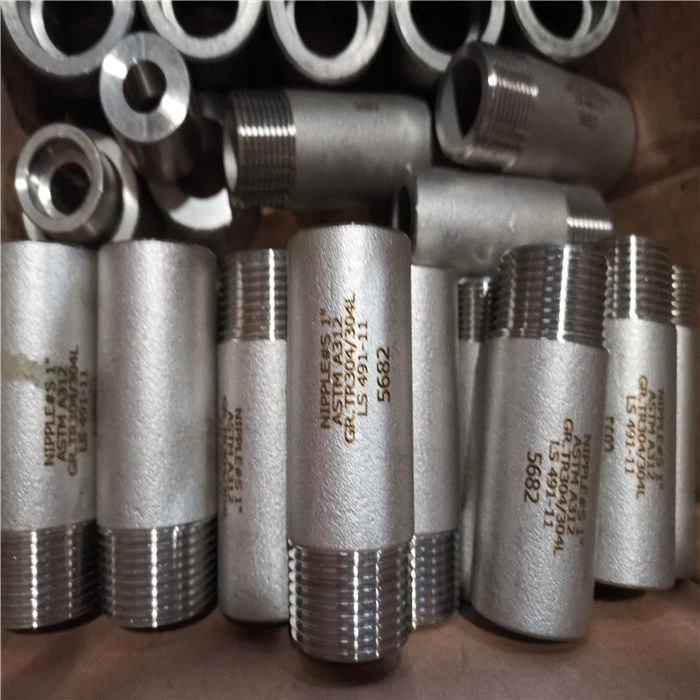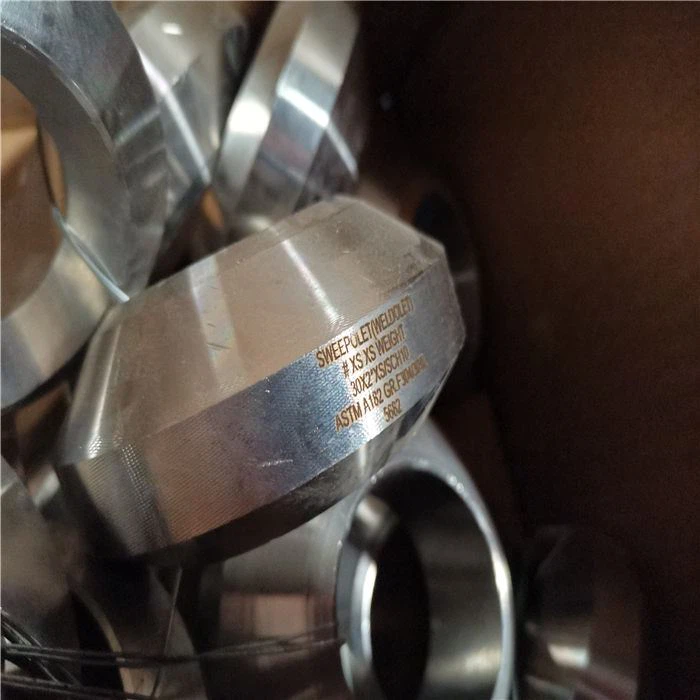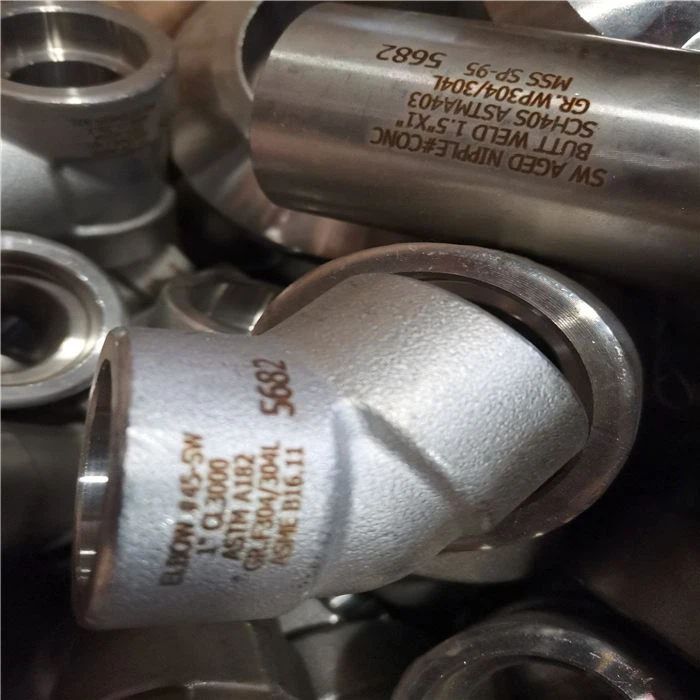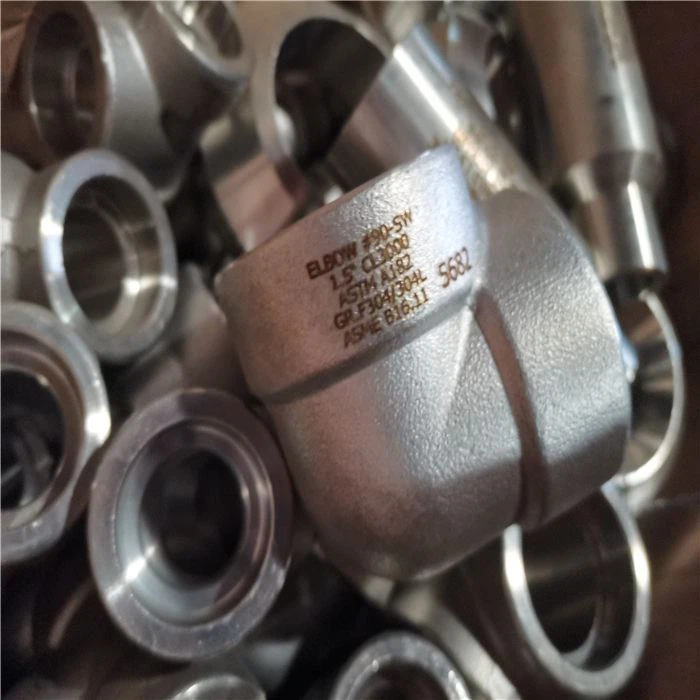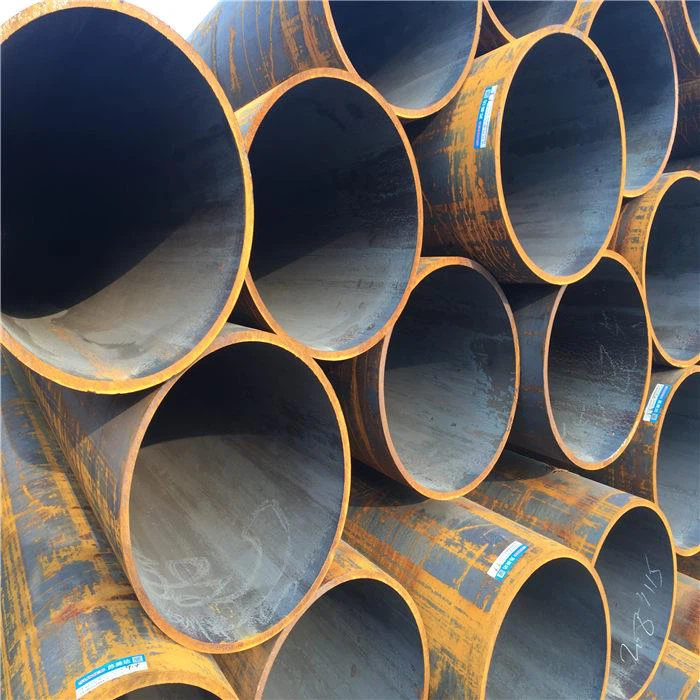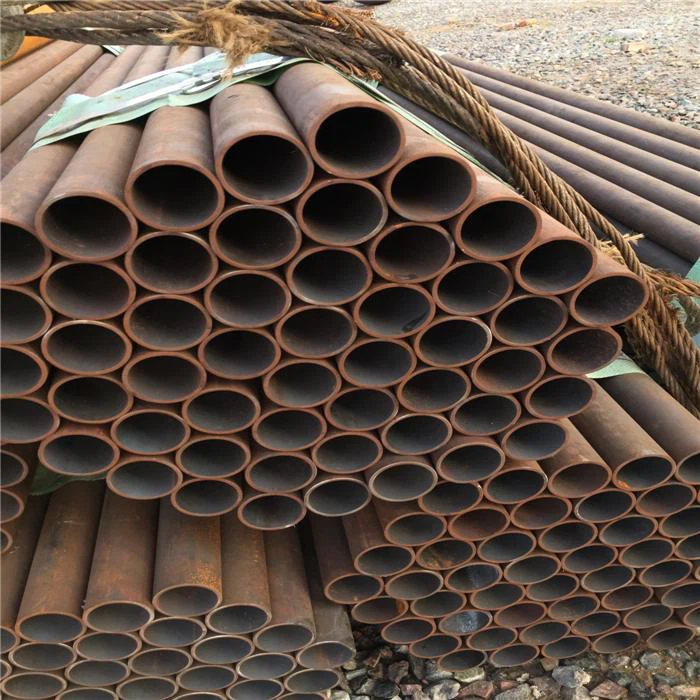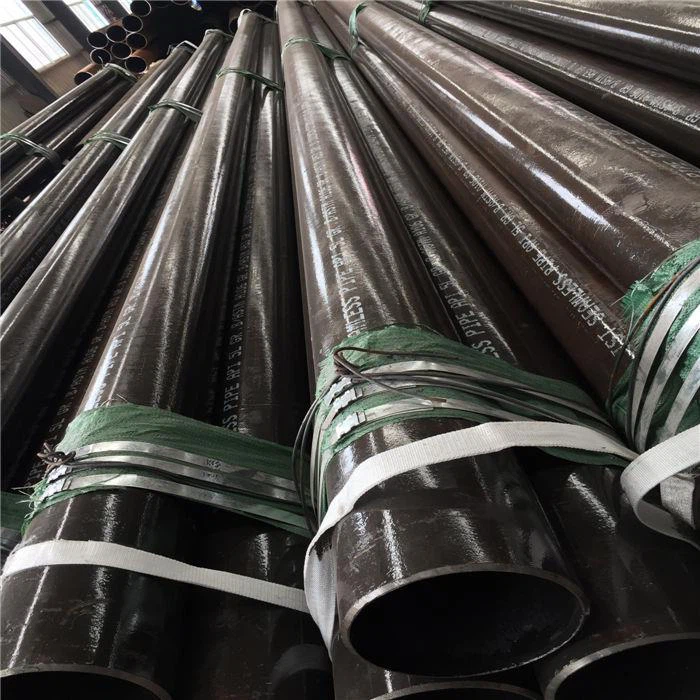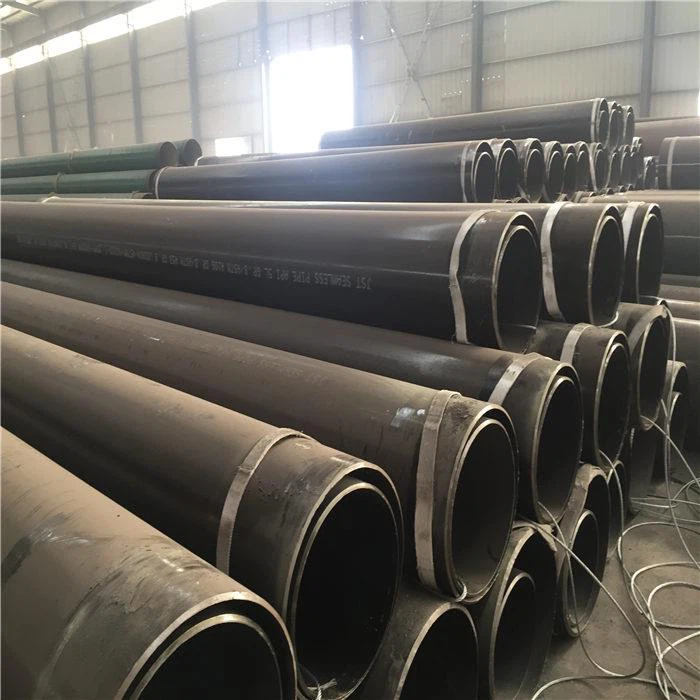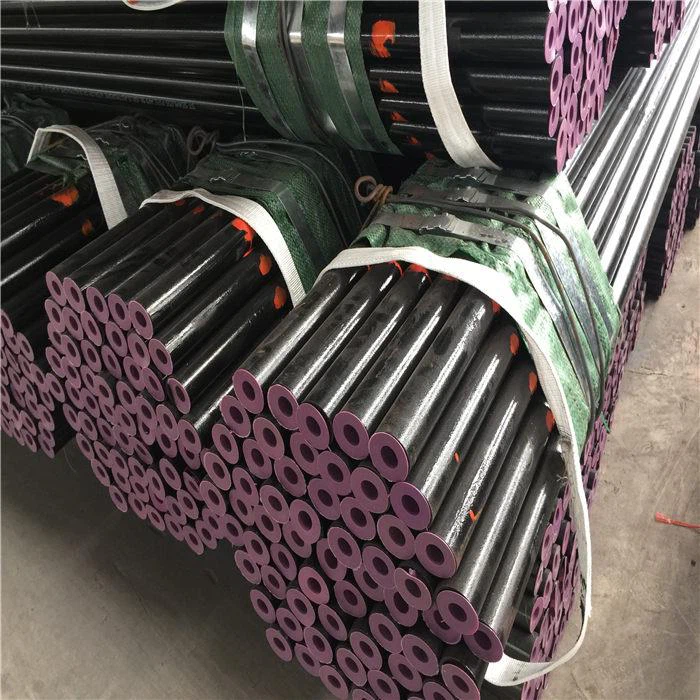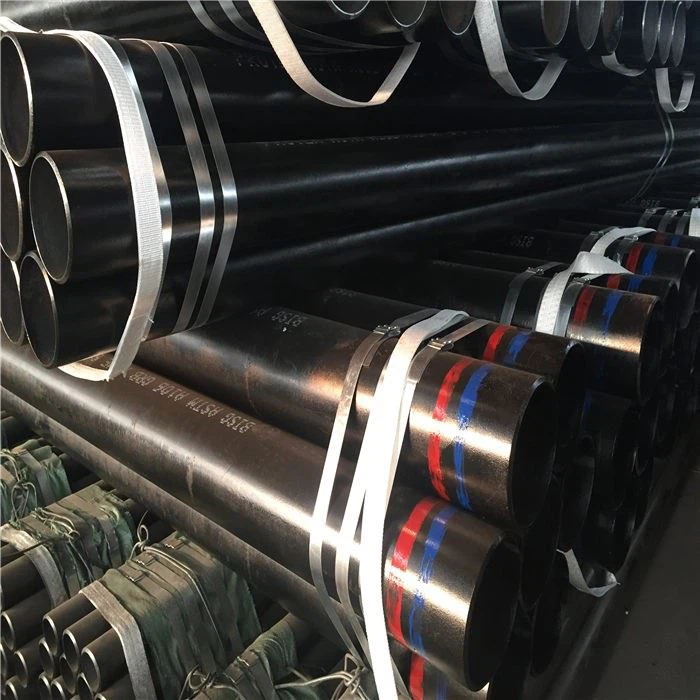Common Defects And Countermeasures Of Heat Treatment 2
Common defects and countermeasures of heat treatment
Tensile properties and fatigue properties are not qualified
Annealing, normalizing and quenching are the most widely used integral heat treatment processes. Annealing and normalizing are mainly used as preliminary heat treatments. The purpose is to eliminate the microstructure defects of casting and forging, improve the cutting performance of the workpiece, and prepare the microstructure for the final heat treatment. Defects produced by annealing and normalizing are mainly caused by heating, such as oxidation, decarbonization, overheating and over-burning. Oxidation and decarbonization can usually be removed during subsequent machining. Under normal specification, annealing and normalizing can make the grain refining of steel, but if the heating temperature is exorbitant, heat preservation time is too long, make the austenitic grain is very rough, widmanstatten structure formed easily after normalizing, annealing after bulky, lowered the mechanical property of steel, this kind of overheating organization can be eliminated by annealing or normalizing to be again. When ordinary steel is heated in oxidizing atmosphere at 1200℃, the microstructure of steel is abnormal coarsening, and oxides are formed at grain boundaries. When heating temperature is further increased, grain boundaries will melt and lead to overfiring. Once overburning occurs, it cannot be eliminated by heat treatment and other methods, and the product can only be scrapped. In actual production, strict implementation of the process operation rules, generally can prevent overheating and over-burning, quenching and tempering as the final heat treatment process, the performance of the workpiece is very important, determines the internal quality of the workpiece. Inadequate quenching or insufficient hardenability, resulting in the reduction of tensile properties and fatigue strength of the workpiece is a common heat treatment defect.
The tensile strength depends on the final tempering hardness and is almost not affected by the hardening hardness. The yield strength, elongation and area shrinkage not only depend on the tempering hardness, but also have a great relationship with the quenching hardness. Under the condition of tempering to obtain the same hardness, these performance indexes increase with the increase of the quenching hardness. Therefore, quenching and tempering workpiece can not only control the hardness after tempering, but also test the hardness after quenching, in order to check whether the workpiece quenching is sufficient, insufficient quenching, in most of the time should be reworked as a heat treatment defect.
